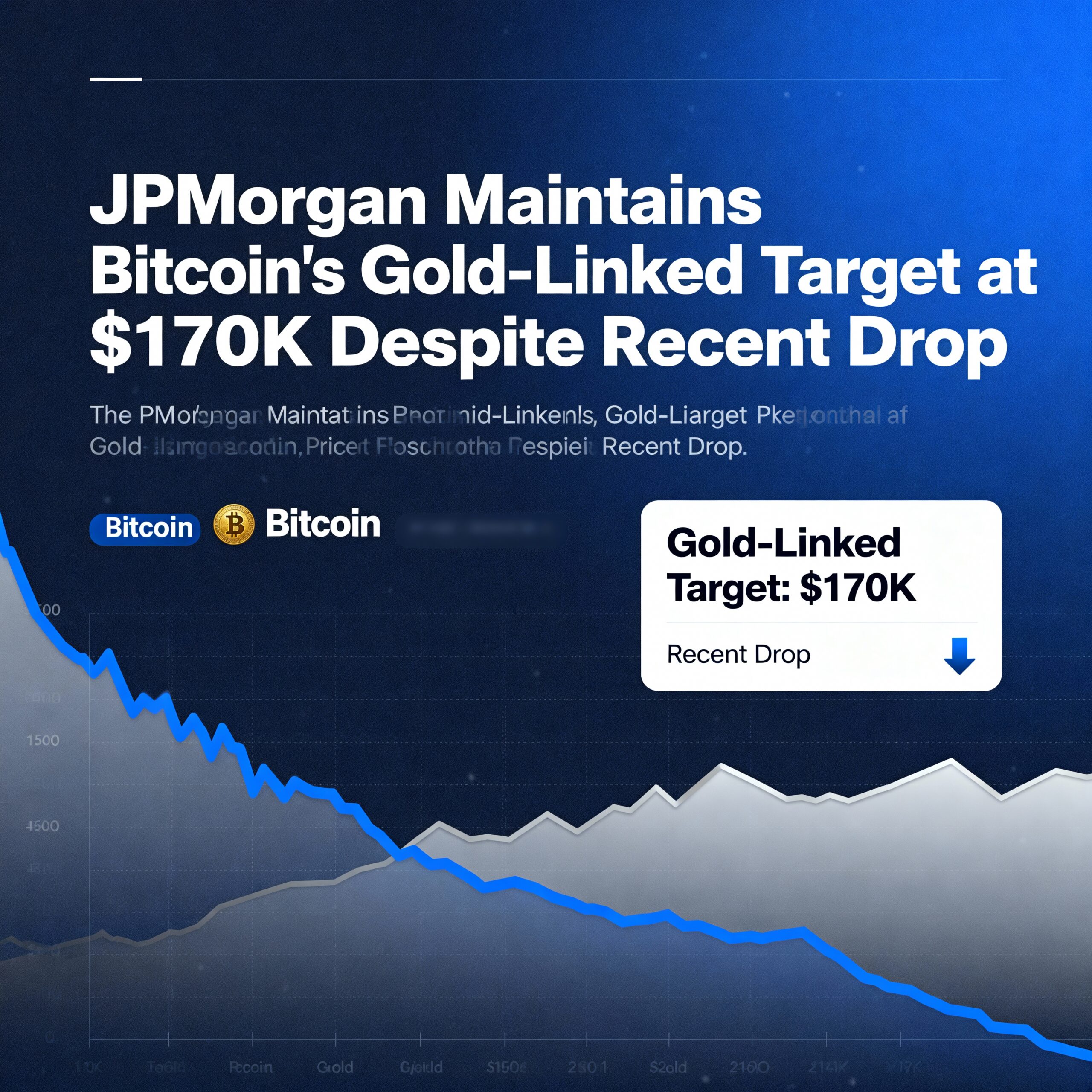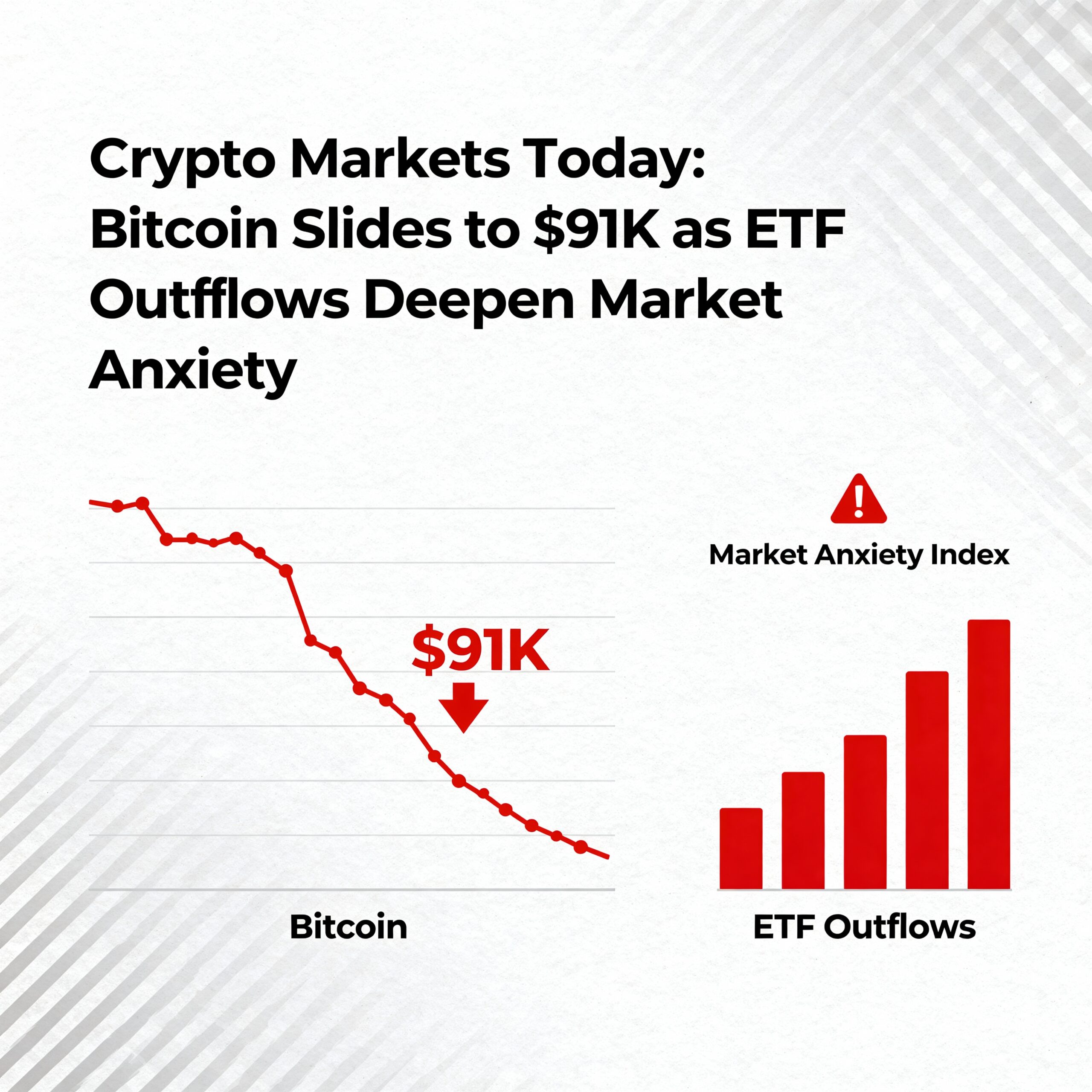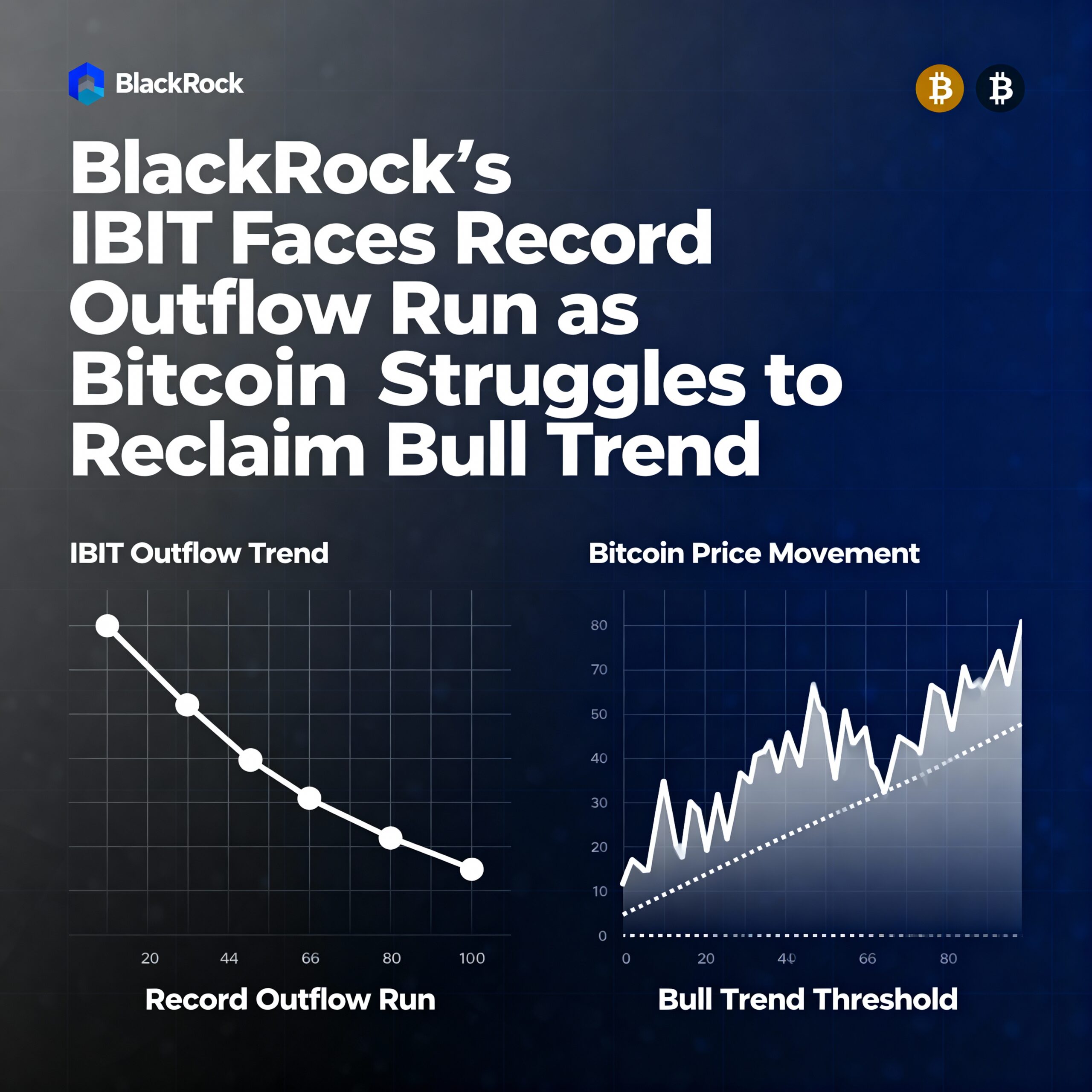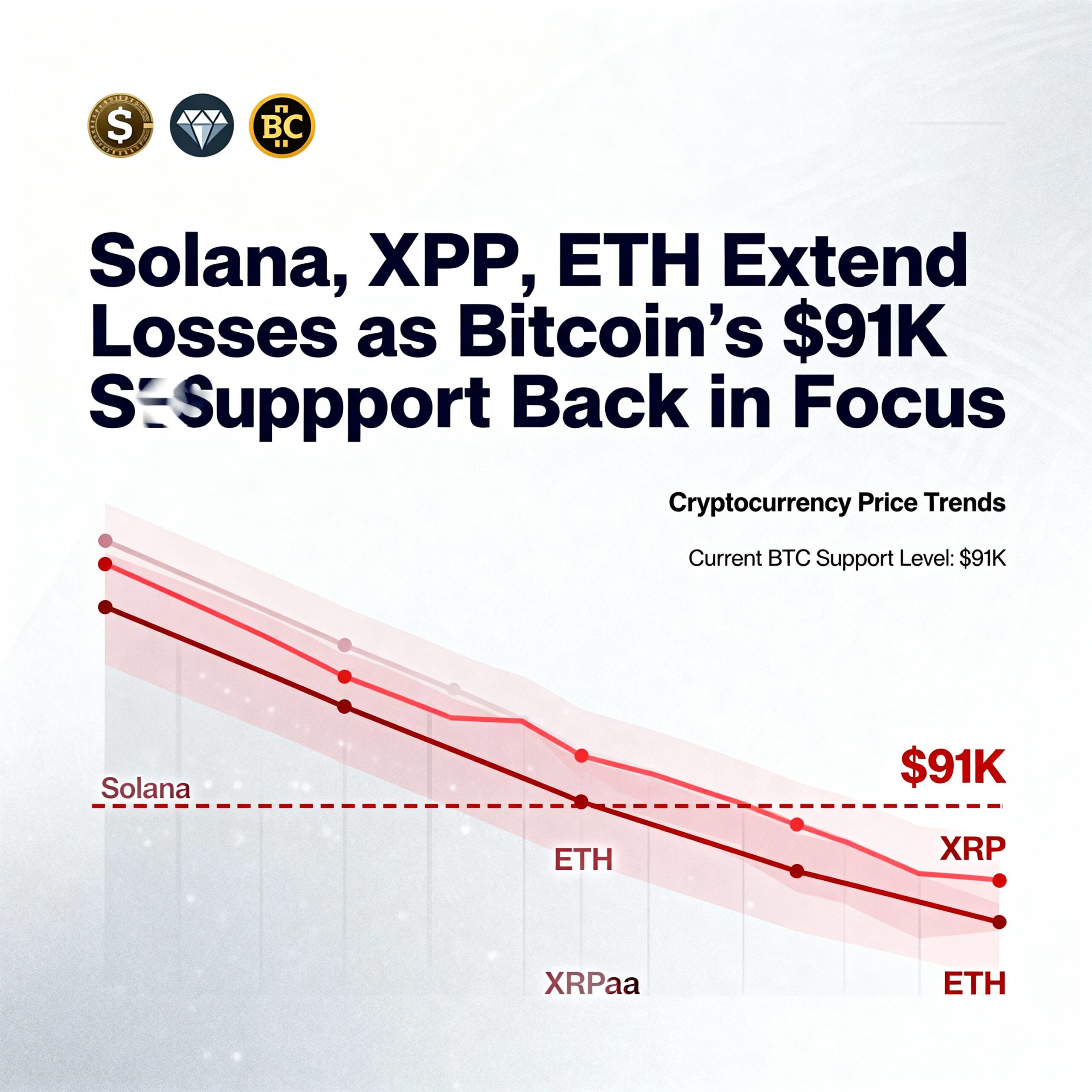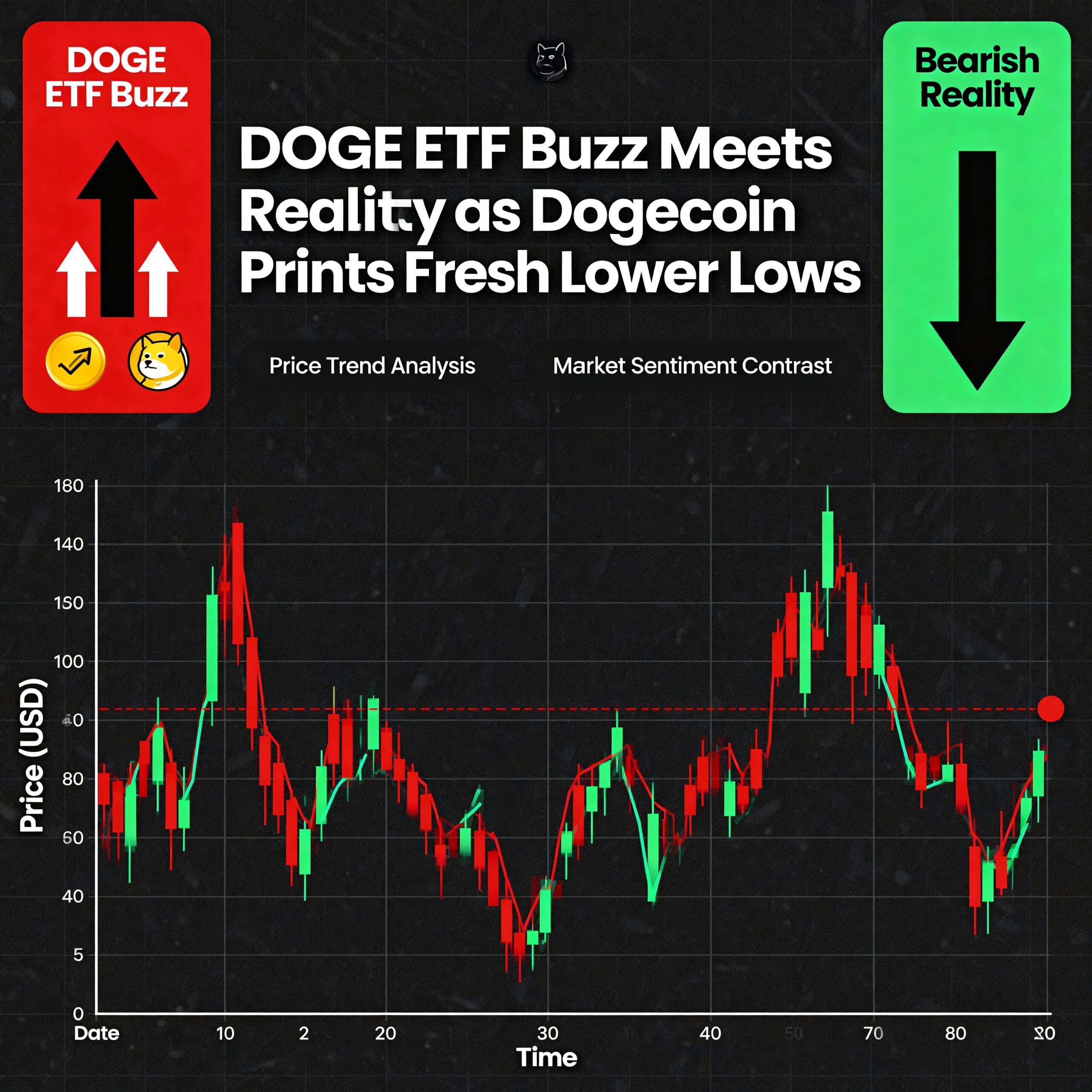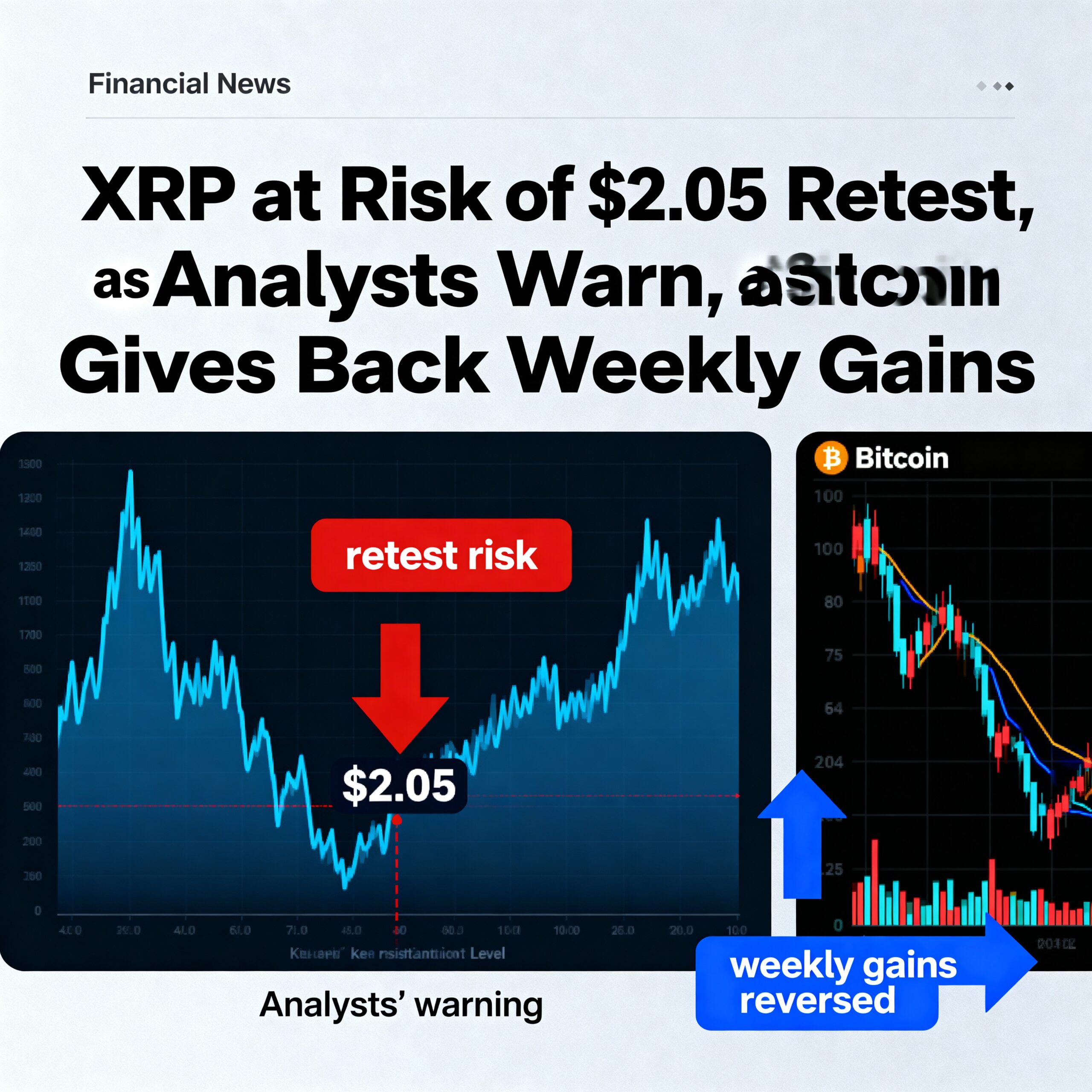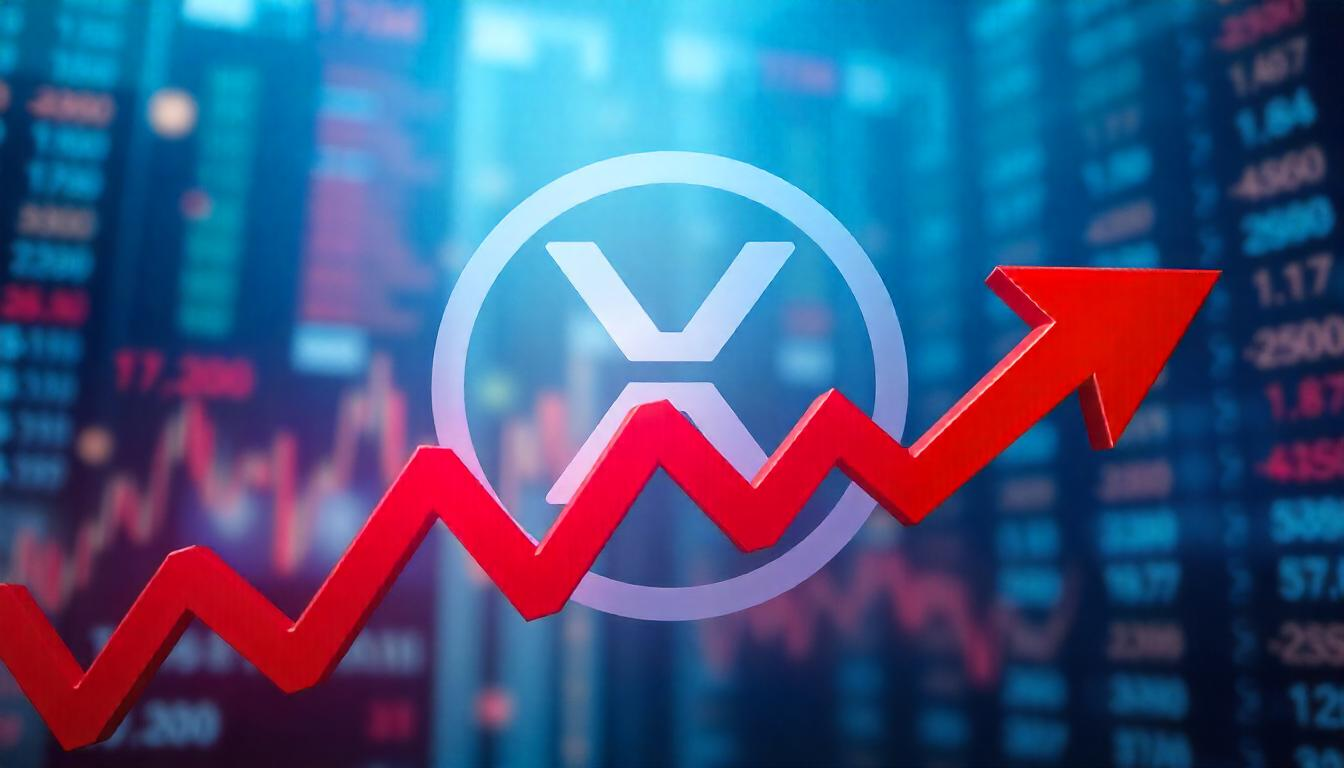
XRP Faces Headwinds as CME Denies Futures Listing and Technicals Hint at Weakening Trend
XRP‘s bullish momentum appears to be fading as institutional interest remains focused on Bitcoin (BTC) and Ethereum (ETH), and technical indicators point to a potential reversal in its recent rally.
On Wednesday, the Chicago Mercantile Exchange (CME) dismissed speculation about launching futures contracts tied to XRP and Solana’s SOL, signaling that institutions are not yet ready to expand beyond BTC and ETH. Regulatory uncertainty and a preference for established tokens likely influenced this decision, as CME remains the go-to platform for institutional futures and options trading.
This development is a setback for XRP, particularly given the optimism surrounding its prospects under Donald Trump’s administration. Earlier this month, XRP surged to $3.40 after Ripple CEO Brad Garlinghouse met with President Trump, fueling hopes for regulatory clarity and institutional adoption. Ripple leverages XRP to facilitate cross-border payments, and the meeting was widely interpreted as a bullish signal for the token.
Rally Losing Steam
Despite nearing record highs last week, XRP now shows signs of rally fatigue. The Mayer Multiple, which compares XRP’s price to its 200-day simple moving average, has failed to set new highs, creating a bearish divergence that signals weakening momentum.
Adding to this, the MACD histogram, a tool used to gauge trend strength and shifts, has printed lower highs above the zero line, further supporting the case for a potential price decline.
At the time of writing, XRP was trading at $3.05, representing a 4% drop over the past 24 hours, according to CoinDesk data.
Market Correlation and Rebound Potential
XRP’s near-term trajectory remains closely tied to Bitcoin’s performance. As with most altcoins, a significant BTC rally could reignite upward momentum for XRP, potentially invalidating the bearish technical signals. For now, however, traders and investors are likely to remain cautious as XRP navigates the fallout from CME’s denial and waning technical strength.

